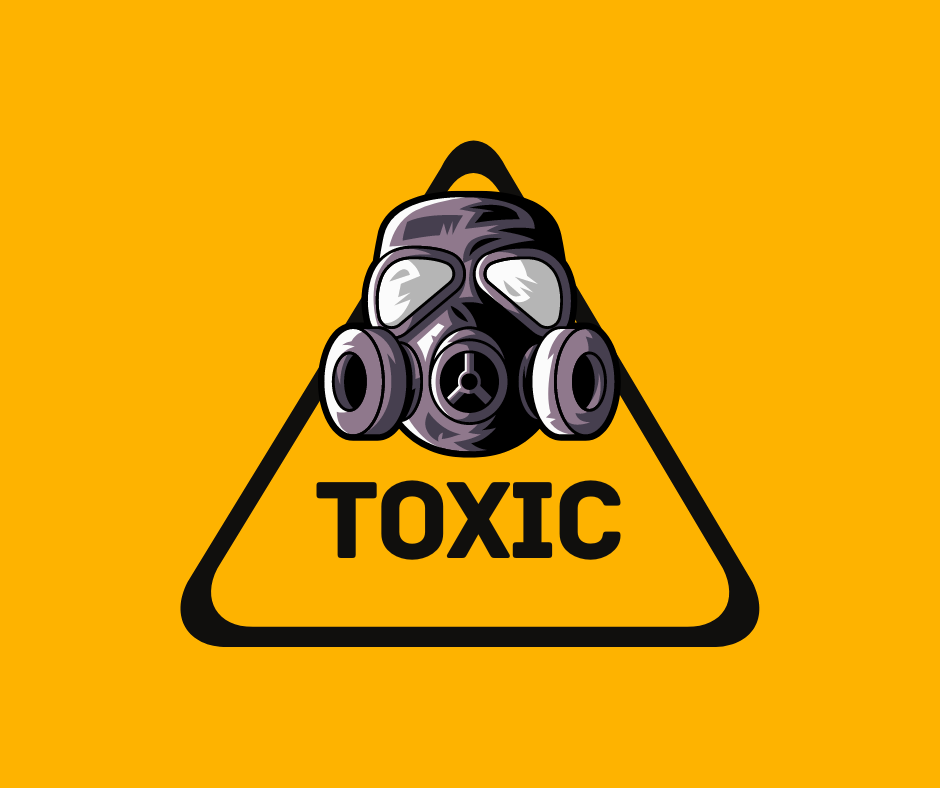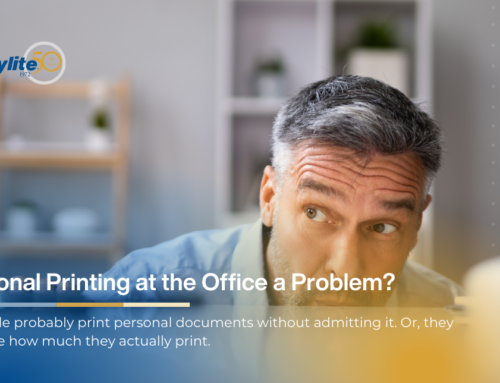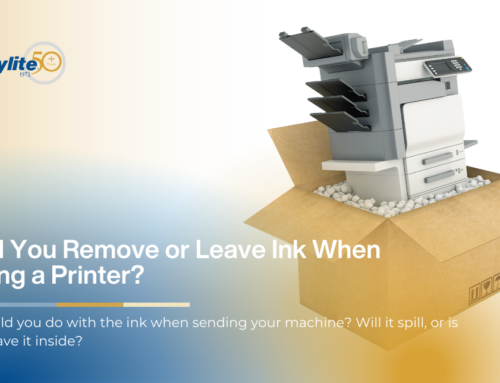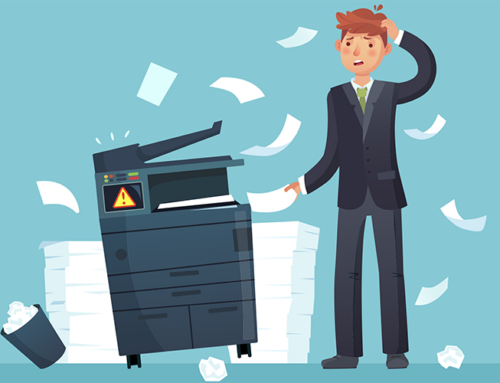Is Printer Ink Toxic?
You’d hardly consider your printers hazardous. But as a proactive, detail-oriented business owner, you need to know how to react to accidents associated with these devices. You might be particularly worried about ink spills. Is it toxic, and how do you prevent exposure?
You’ll find out both in this article.
Is Printer Ink Hazardous?
The answer depends on which body part is exposed to the printer ink. If it lands on your skin and you don’t wash it away quickly, you might have some irritation. If it ends up in your eyes or mouth, it can cause more severe health concerns.
Such differences in terms of impact are attributed to the composition of the ink.
Liquid printer ink contains several basic ingredients, including alcohol, water, ethylene, and glycol. None of this is hazardous if your skin is exposed, but they’re not safe to consume.
The same goes for laser printers, which normally have toner and not ink. You’ll commonly find them in office buildings, and they have toner – a fine material melted onto the paper. Toner has some ingredients that can cause issues if consumed in large amounts. In smaller quantities, you can experience irritation if they end up in the mouth or eyes. But in normal circumstances, you don’t need to worry about toxicity.
This doesn’t mean you shouldn’t be careful with your cartridges. If there’s a damaged cartridge, avoid inhaling its fumes. This is because toner cartridges can emit carbon black, which can be dangerous to ingest.
Carbon black and other ingredients are part of most modern printers. Nevertheless, not every machine contains the same materials. Your best bet is to find out the specific ingredients of your device by consulting the brand’s web page. Alternatively, read the instruction manual for safety information.
How Do You Prevent Printer Ink Accidents?
Although there’s minimal risk associated with ink spills, you should try to avoid this scenario. Here’s what you can do:
- Ensure proper ventilation – The area where you store your cartridges and other printer parts should have adequate ventilation. It keeps dust and any toxic fumes released due to damage from spreading and contaminating the premises.
- Store cartridges properly – Don’t stack cartridges on top of one another because they can break. Keep them in the original packaging until using them, and avoid exposing the units to direct sunlight and high humidity.
- Follow correct disposal practices – You shouldn’t throw away your cartridges in a trash can. It increases the risk of potentially noxious fumes, which can also contaminate landfills and harm the environment. Instead, ask your manufacturer about any recycling programs.
- Wear gloves – Don’t forget to put on latex gloves when refilling or replacing your printer cartridges. You won’t need to worry about skin irritation in the event of a spill.
Try Copylite Cartridges
Most printer ink accidents take place when changing your cartridges. You want to upgrade to a higher-quality cartridge that’s less prone to spills. Copylite is the right brand for you. Head to our website and explore our wide array of toners with built-in waste containers and other top-rated models.






